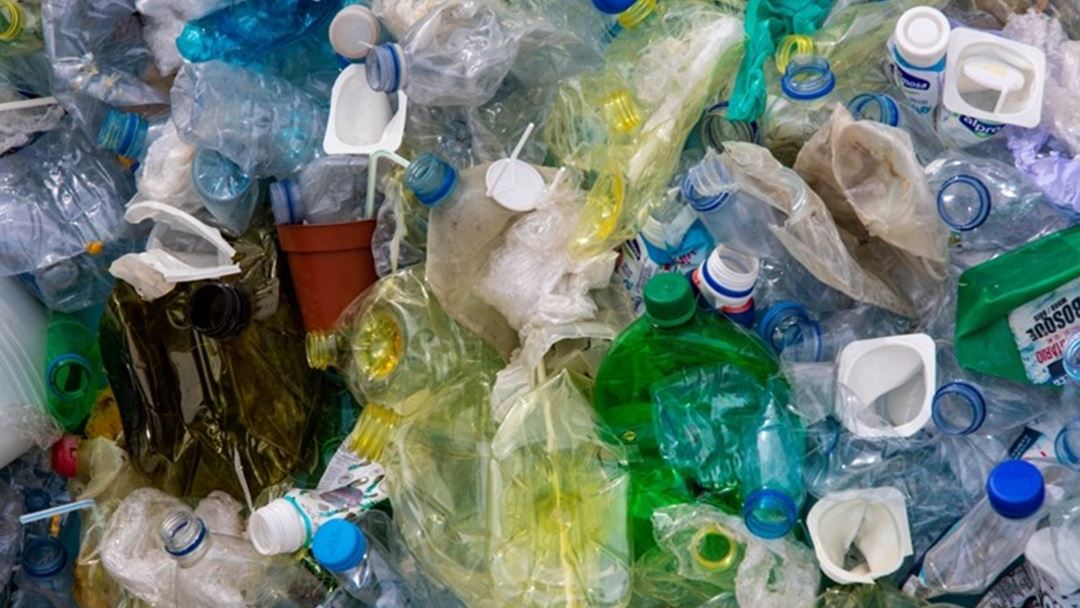What we know about plastic flows in Norway
As we can see around us, plastic has become omnipresent and a major part of the products we use today have one or another form of plastic in them.

To name a few, plastic is used in the manufacturing industry, commercial sectors, building industry, personal use products, and has numerous different applications. It is a daunting task to be able to get an overview of how many tonnes of plastic could be currently in use in Norway, and how many tonnes are lost to nature. The PLASTICENE research project led by SINTEF Ocean aims to quantify the volumes of the different types of plastic entering Norway and that are in use in Norway. It is challenging to quantify all the major, as well as minor, volumes of plastic and plastic products that are either produced in Norway or imported to the country. As a start, SINTEF along with Deloitte will be analyzing the existing statistical data on the import and export of major plastic types and products. Later, an average lifetime of the different products will be estimated to calculate waste flows and stocks of plastic and build a material flow analysis model for the whole of Norway. Sector-specific models will also be considered based on the data availability.
The volumes of plastic and its application have previously been identified for some sectors including fisheries, aquaculture, and packaging. Deshpande et al. have quantified the mass of different types of plastic such as Nylon, PE, PP used in the commercial fishing industry as fishing gear in Norway by using a material flow analysis approach[1]. The study quantifies a purchase volume of about 2626 tons of new fishing gear per year in 2016 and an additional 1755 tons/ year as fishing gear parts needed for the repair of damaged equipment. The analysis estimates that about 380 tons of plastic mass are lost in the ocean every year by the Norwegian fishing fleet accounting for about 4000 tons of accumulation since 2007.
A SINTEF study from 2017 has quantified the amount of plastic in use in the sea-based aquaculture in Norway and the annual waste flows that are generated from the sector[2]. After mapping all the different aquaculture equipment materials used and by calculating their average lifetime it was reported that about 192 000 tons of plastic is used and between 16 000 – 29 000 tons of plastic waste is generated annually.
Another very important application of plastic is the packaging of varied types of products, including food. Deloitte has carried out a mapping of 9 different types of plastic packaging in Norway and quantified the total amount of plastic entering the market from different supply chains such as household, industry, agriculture, etc[3]. The mapping shows that Norwegian households and business sectors consume about 220 000-tons of plastic packaging yearly of which only 34% was recycled in 2017. The highest amount of plastic packaging was used by households, followed by packaging from the industrial sector. The use of plastic packaging in agriculture was identified as the third major flow in the mapping and had the highest recycling rate of 84%. Waste from households has the least recycling rate of only 21% in 2017. The numbers reported by Deloitte have some uncertainties and are dependent on some assumptions, however, it gives an idea of the order of magnitude of the amount of plastic that exists in the form of packaging and their respective recycling rates.
The Plasticene project aims to first model all the input and output flows of plastic in Norway as a whole and then further attempt to quantify flows for some of the major sectors.
References:
- 1Deshpande, P. C., Philis, G., Brattebø, H., & Fet, A. M. (2020). Using Material Flow Analysis (MFA) to generate the evidence on plastic waste management from commercial fishing gears in Norway. Resources, Conservation & Recycling: X, 5, 100024.
- https://sintef.brage.unit.no/sintef-xmlui/bitstream/handle/11250/2477326/Sluttrapport_%2bAvfallsh%25C3%2583%25C6%2592%25C3%2582%25C2%25A5ndtering%2bfra%2bsj%25C3%2583%25C6%2592%25C3%2582%25C2%25B8basert%2bhavbruk.pdf?sequence=1&isAllowed=y
- https://www2.deloitte.com/no/no/pages/risk/articles/sirkulaer-plastemballasje-i-Norge.html
